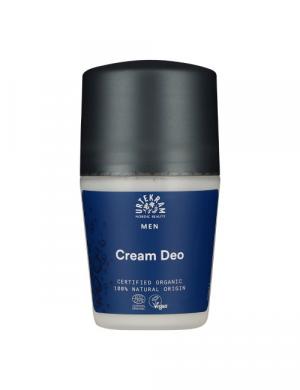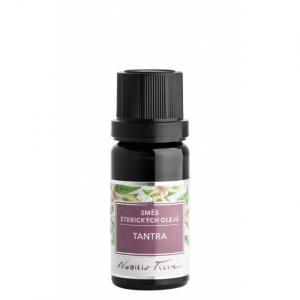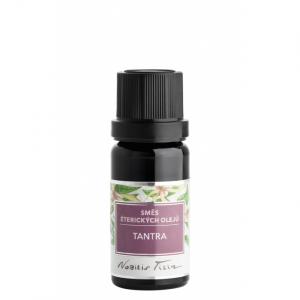Acacia dealbata (Acacia dealbata)
Other names: mimosa, caponella, wattle, Mimosa decurrens, Mimosa angulata, Racosperma decurrens, Acacia decurrens var. dealbata
Harm score: 1 (Natural substances)
The grey-green acacia, also known as mimosa, capitica, wattle or by the scientific names Mimosa decurrens, Mimosa angulata, Racosperma decurrens, Acacia decurrens var. dealbata, is a tree native to Australia that is now widespread in many parts of the world. The distinctive features of this acacia are its highly aromatic leaves and beautiful spring flowers of golden yellow colour. Its height varies between 6 and 30 metres and it gets its distinctive name because of its small, grey-green leaves which form a dense, regular cover.
The grey-green acacia is widely used in various areas of industry. It is particularly popular in perfumery, for example, as its flowers produce a strongly scented and highly desirable essential oil. This oil is subsequently used in the production of perfumes, soaps, as well as cosmetic products and aromatherapy. In addition, the grey-green acacia also produces the so-called acacia resin, which is used, for example, in medicine as an astringent or in the food industry as a gelling and stabilising agent. Acacia wood is also highly valued for its durability and resistance to pests, making it an important raw material in the timber industry, especially in the manufacture of furniture and floor coverings.
Acacia dealbata (Acacia dealbata) can be found in the following products

Nourishing solid shampoo for hair and body 2in1 - Magic of the Orient (60 g)
Product detail
Deodorant roll-on cream MEN 50 ml BIO
Product detail
Skin Repair Balm - CBD Balm (30 ml)
Product detail
Tantra 2 ml glass
Product detail
Pomegranate Roll-On Deodorant 24 Hours
Product detail